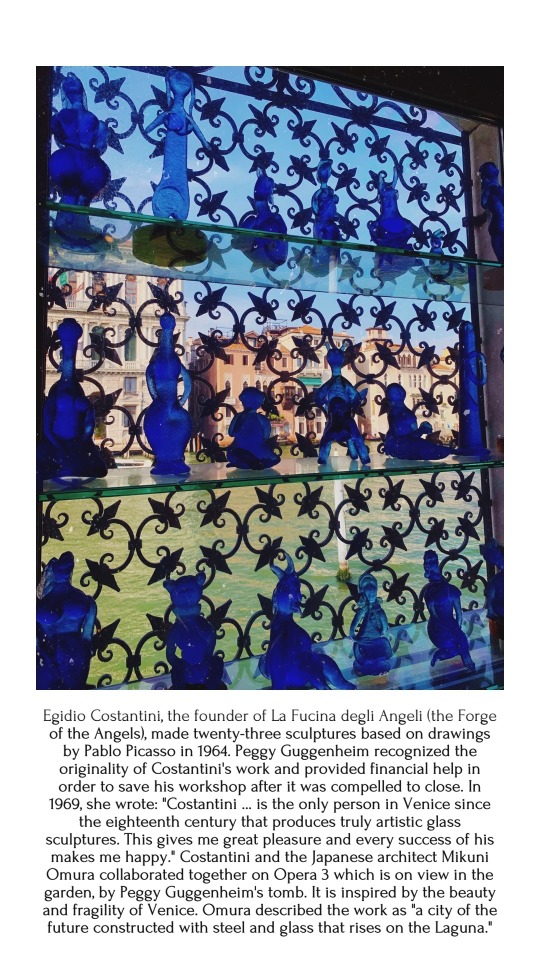#guggenheim venice
Photo

Credit: Alamy
The secret life of Venice
Favourite spot
Home - the Palazzo Papadopoli. We have always lived here, since we were born. We live on the top floor, and the rest of the palace is now the Aman hotel.
We'd rather not tell you about...
...Trattoria Antiche Carampane, which serves the absolute best granseola tagliolini (spider-crab pasta).
Top tip
Naranzaria, a tiny osteria next to the Rialto bridge, is a brilliant stop for an Aperol Spritz
Best buys
Our father's [Count Giberto's] handmade Murano glasses. Or our slippers, of course...(x)
#venice#travel#guggenheim venice#secret venice#favourite spot#things to do#top tip#best buys#guggenheim
8 notes
·
View notes
Text

Henri Laurens,
Head of a Young Girl,
1920
219 notes
·
View notes
Text
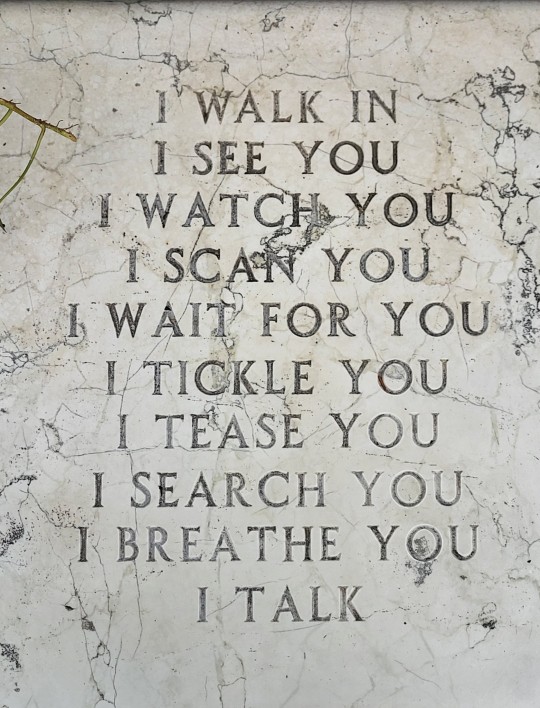
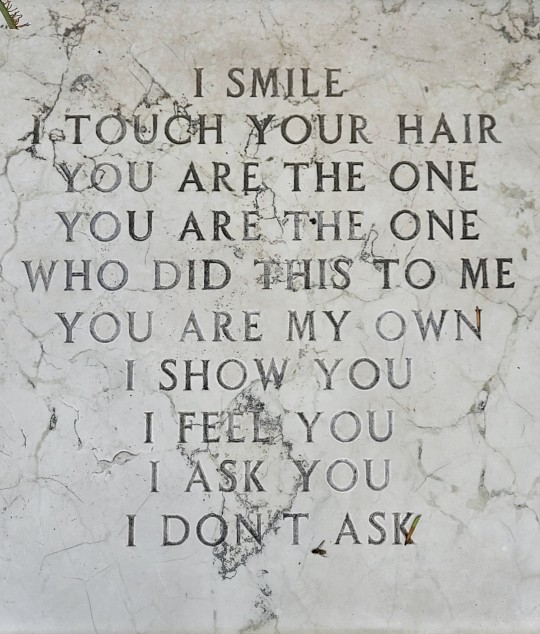


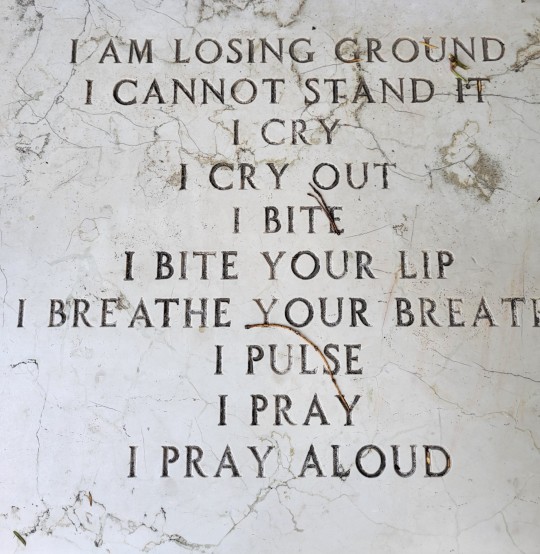

Garden bench - Jenny Holzer
Peggy Guggenheim Collection, Venezia, 2022
33 notes
·
View notes
Text

Let’s go
44 notes
·
View notes
Photo

To go out in a gondola at night is to reconstruct in one’s imagination the true Venice, the Venice of the past alive with romance, elopements, abductions, revenged passions, intrigues, adulteries, denouncements, unaccountable deaths, gambling, lute-playing and singing.
- Peggy Guggenheim
78 notes
·
View notes
Text
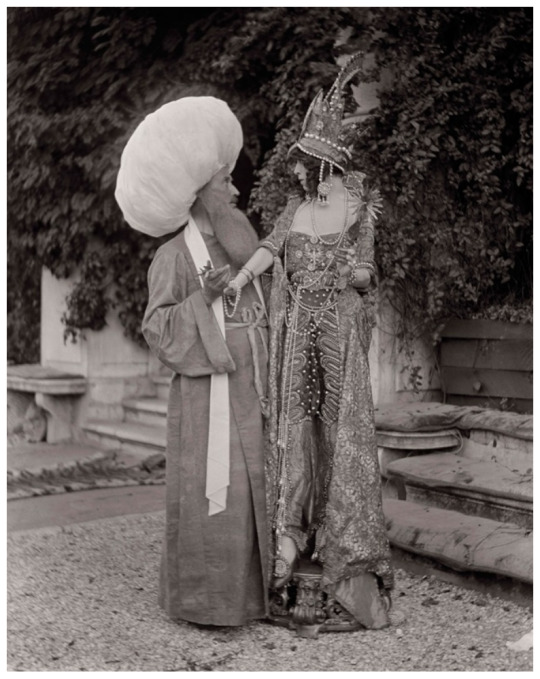
Luisa Casati and mystery companion in the garden of Palazzo Venier dei Leoni - Luisa Casati, started to live in the famously unfinished palazzo in 1910.
Luisa was one of the wealthiest women in Italy, having inherited her father’s industrial fortune. As the wife of the Marchese Camillo Casati, she was allied to the highest ranks of Italian nobility. Yet after falling under the spell of the notorious writer and aesthete Gabriele D’Annunzio, Luisa had turned her back on conventional society and, with a passion that bordered on profound eccentricity, vowed to turn her life into a work of art.
Venice was to be her theatre, the romantically derelict Venier palazzo her stage. Luisa hired an army of workmen to transform the interior into a dazzle of marble, glass and gold, but she was determined to retain the building’s dirty, overgrown and crumbling exterior.
Further evidence of Luisa’s maverick taste was revealed in the menagerie of pets that she began to gather around her — parrots, monkeys, snakes and peacocks, plus a flock of albino blackbirds that she would dye different colours to suit her mood. Most beloved of these pets was the elegantly spotted cheetah that accompanied her everywhere.
Photo: Mariano Fortuny, Palazzo Pesaro degli Orfei – Museo Fortuny © Fondazione Musei Civici di Venezia / via: Christie's

Today the Palazzo Venier dei Leoni now the Peggy Guggenheim Collection, Venice named after its last resident.
20 notes
·
View notes
Text
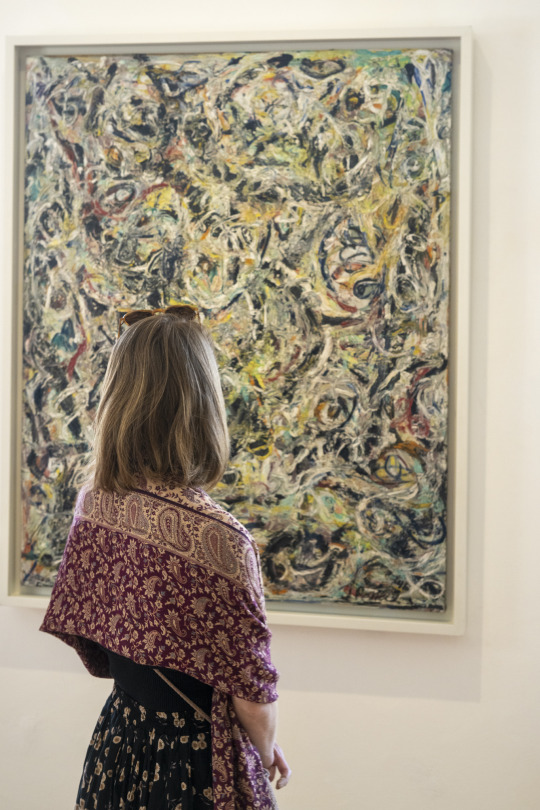
#peoplematchingartworks#jackson pollock#peggy guggenheim#stefandraschan#photography#contemporaryart#venice
63 notes
·
View notes
Text


Peggy Guggenheim, 1952. Peggy Guggenheim Album, Private Collection. Photo: Eugene Kolb
Peggy Guggenheim, wearing Alexander Calder earrings
#peggy guggenheim#alexander calder#modern art#art history#art collectors#earrings#jewelry#art jewelry#aesthetictumblr#tumblraesthetic#tumblrpic#tumblrpictures#tumblr art#tumblrstyle#calder#venice#art collection#Guggenheim collection#beauty
31 notes
·
View notes
Text
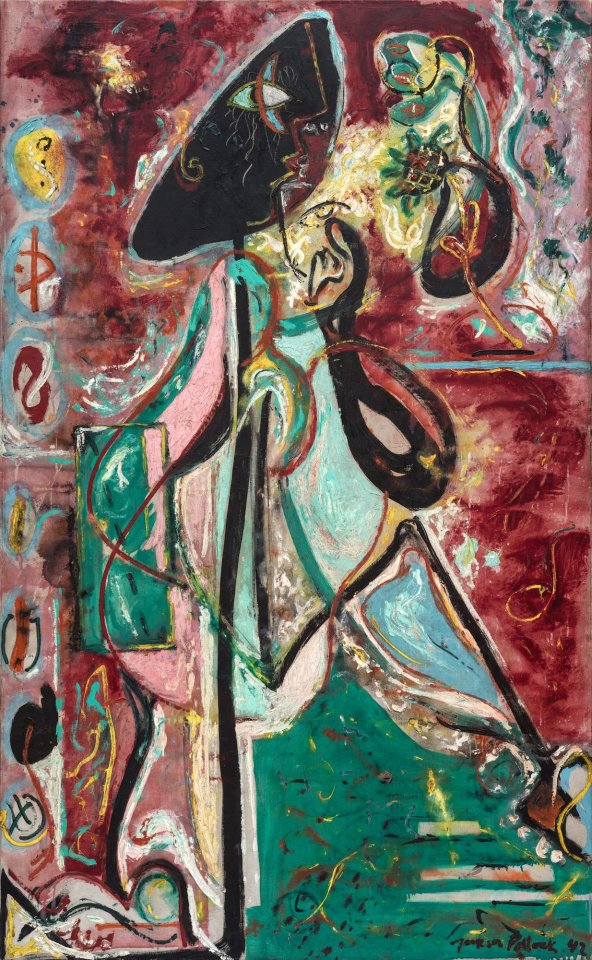
Jackson Pollock, The Moon Woman, 1942
Oil on canvas, 175.2×109.3cm.
Peggy Guggenheim Collection, Venice.
Like other members of the New York School, Jackson Pollock was influenced in his early work by Joan Miró and Pablo Picasso, and seized on the Surrealists’ concept of the unconscious as the source of art. In the late 1930s Pollock introduced imagery based on totemic or mythic figures, ideographic signs, and ritualistic events. The Moon Woman recalls Picasso, particularly in its palette and composition. The subject of the moon woman, which Pollock treated in several drawings and paintings of the early 1940s, could have been available to him from various sources. At this time many artists, among them Pollock’s friends William Baziotes and Robert Motherwell, were influenced by the fugitive, hallucinatory imagery of Charles Baudelaire and the French Symbolists. In his prose poem “Favors of the Moon” Baudelaire addresses the “image of the fearful goddess, the fateful godmother, the poisonous nurse of all the moonstruck of the world.” Although it is possible that Pollock knew the poem, it is likelier that he was affected in a more general way by the interest in Baudelaire and the Symbolists that was pervasive during the period. (x)
#jackson pollock#painting#1942#the moon woman#pollock#peggy guggenheim#guggenheim#museum#peggy guggenheim collection#venice
47 notes
·
View notes
Text
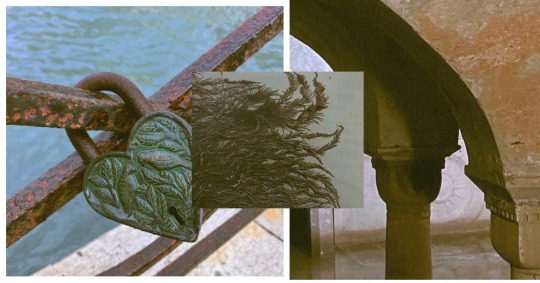







immortal
.
.
.
.
.
all photos were taken by me📸
#venice#venezia#immortal city#venice aestetich#decadence#city of art#lagoon#city details#guggenheim#contemporary art#mario merz#peggy guggenheim#carlo scarpa
5 notes
·
View notes
Photo

Peggy Guggenheim in Venice, 1961.
#guggenheim#peggy guggenheim#art#design#venice#italy#interior#interiors#interior design#interior decorating#interior decor#Interior Decor inspiration#furniture#furniture design#home furnishings
29 notes
·
View notes
Text

Remedios Varo- Surealism & Magic Guggenheim Museum Venice
#remedios varo#artlovers#travel#art exhibition#art#art museum#feminism#venice#surealist#surealism#herstory#surealart#guggenheim museum#magic
3 notes
·
View notes
Text

changing place
changing time
changing thoughts
changing future
// Maurizio Nannucci (2003)
#venice#venezia#maurizio nannucci#art#contemporary art#neon#hope#changes#guggenheim museum#Italy#Italia
85 notes
·
View notes
Text
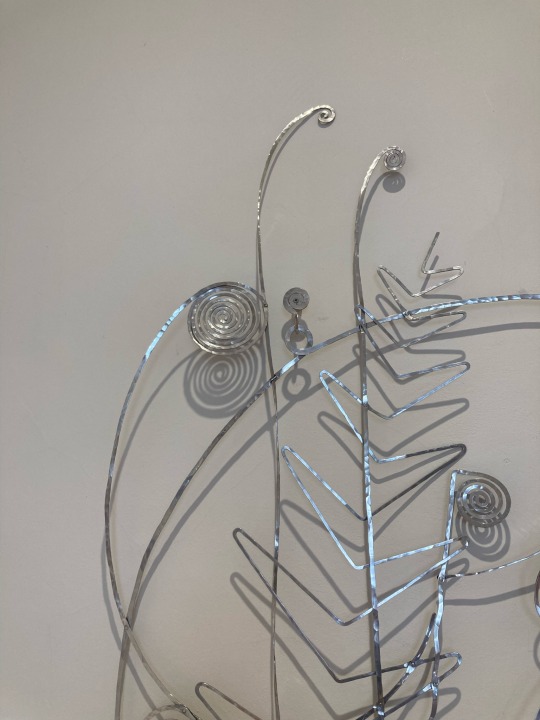
Alexander Calder
Silver Bed Head sculpture, 1945-6
Peggy Guggenheim collection, Venice
2 notes
·
View notes
Text

Earrings for Peggy Guggenheim painted by Yves Tanguy
5 notes
·
View notes
